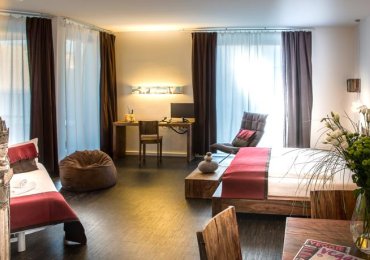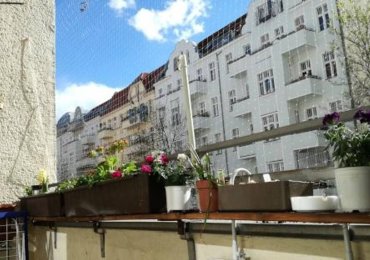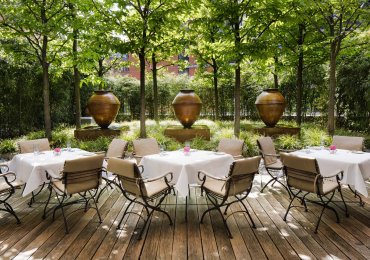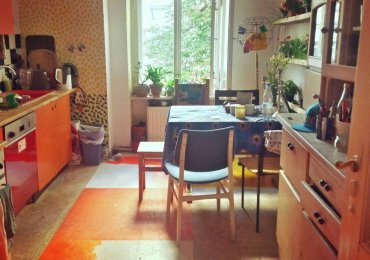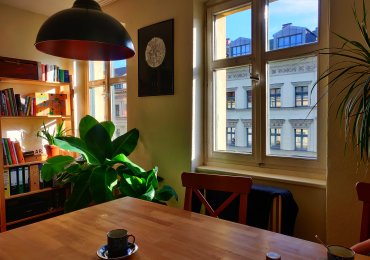1.What do in Germany
Germany will surprise you with the unexpected richness of its landscapes. Travelling through the Region and visiting the 16 Lander in which it is divided, you will realize how landscapes change quickly, under the influence of traditions and local history. You will definitely not get bored!
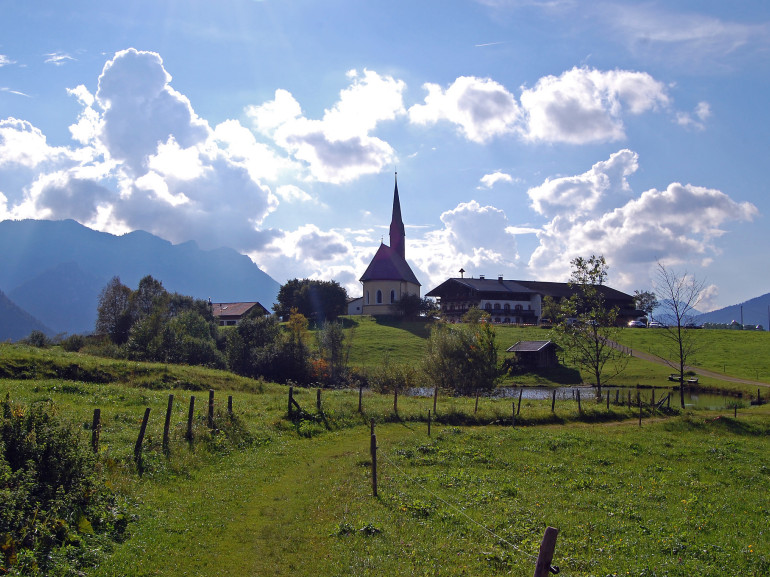
The river Rhine flows along the western border of the country with its majesty. It has always been an important communication route in Central Europe, around which many major cities have been built, including Bonn, Cologne and Dusseldorf.
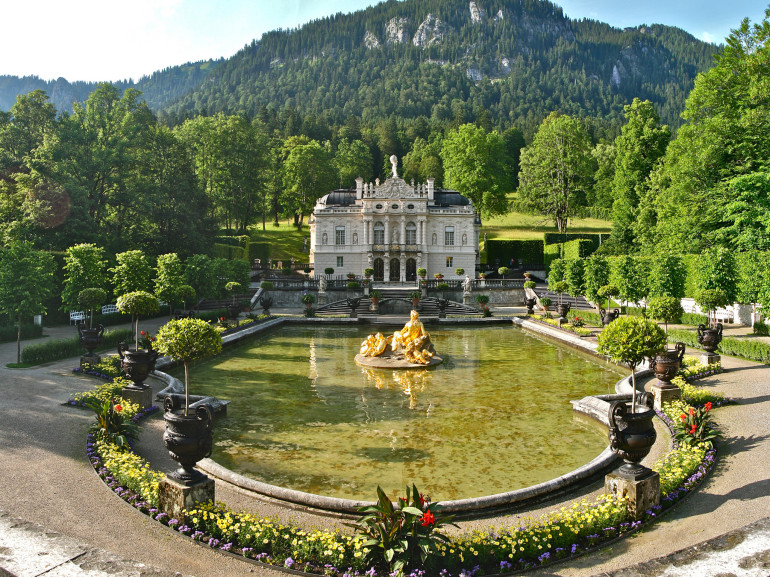
In all major cities you can admire splendid architecture: Gothic and Baroque cathedrals, buildings in the traditional half-timbered style, market places crowded with music and colors. Castles and forts are scattered throughout the region, in particular along the Rhine Valley and the Rhineland.
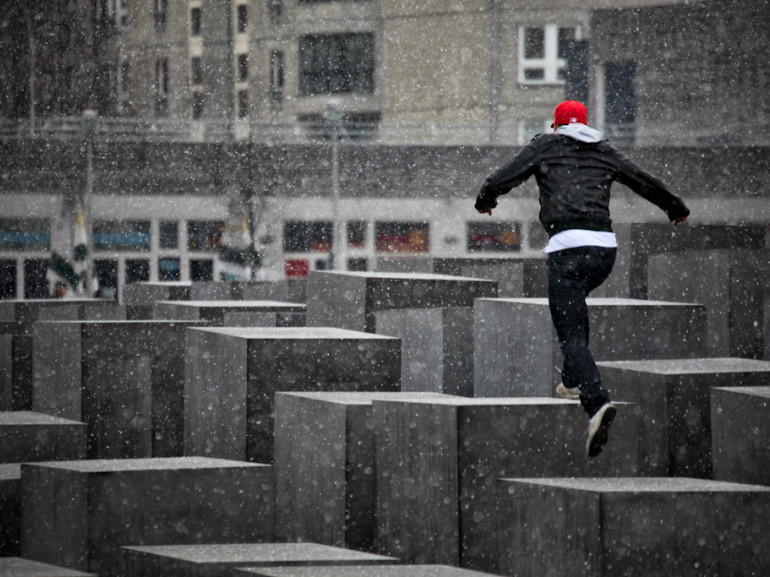
The modern and vibrant Berlin is the capital: the city offers museums, theaters, parks and entertainment. This is definitely a destination not to be missed! Learn more about reading Berlin green travel guide!
Even Bavaria, a state in the south, on the border with Austria, is certainly worth a visit! The passion for beer and the festival dedicated to this drink, called Oktoberfest, made it famous all over the world! But Monaco and its surroundings, also offer plenty of opportunities for a relaxing holiday in the nature! Learn more by reading Monaco and surroundings green travel guide!
2. Nature, sports and green itineraries
The landscape in Germany changes quickly moving from the north, where the coast is cherished by the Baltic Sea and the North Sea, to the south, where the natural border of the Alps extends with its snowy peaks.
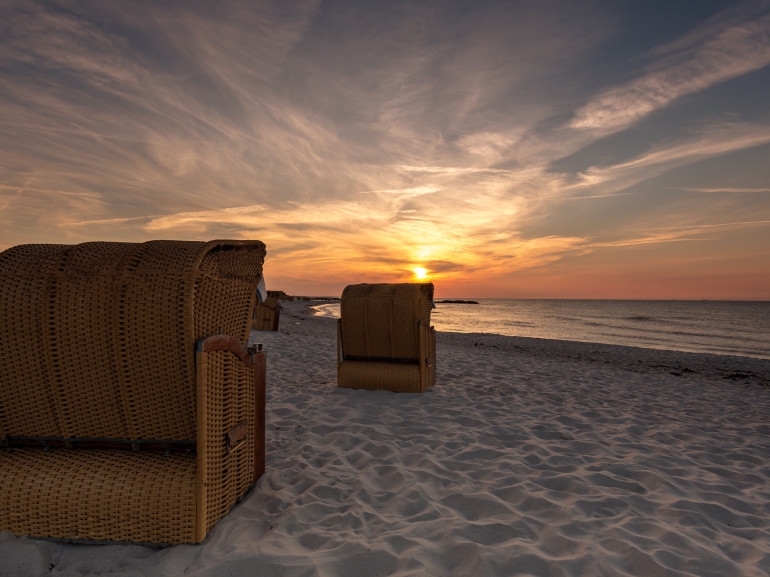
Beaches on the Baltic Sea are shallow and full of fjords, punctuated by the mouths of the German rivers, creating small natural lakes. Here you can see the seals, or walking or riding horses on the beaches.
In the central region there are rather modest mounts and hills, covered with forests, but also large flat areas neatly cultivated.
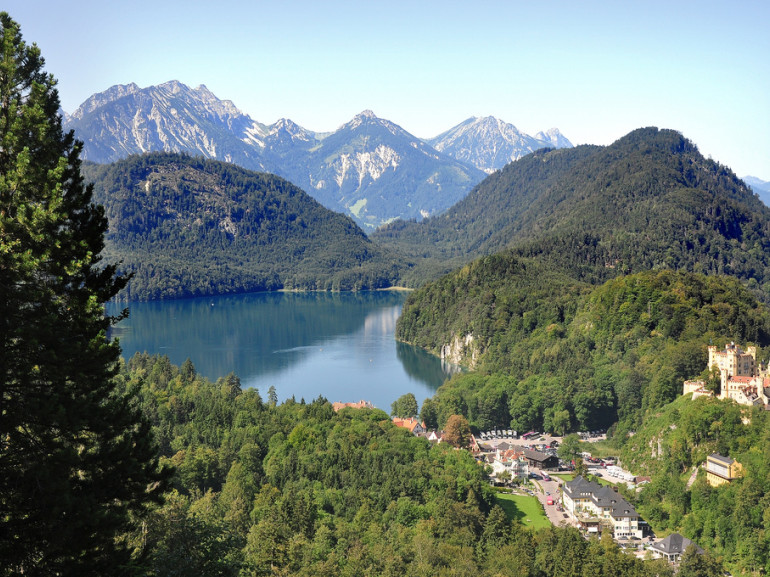
In the south there are the Bavarian Alps, where the Zugspize stands, the highest peak of Germany, with its 2962m. Mountains are covered by dense forests of oak, lime and beech trees, but also by fir and larch.
Many are also natural parks and protected areas, such as the National Park of Altmühltal in Bavaria or the Black Forest Park, the Eifel National Park in North Rhine-Westphalia or the Hamburg Wadden Sea National Park.

Germany is also a paradise for cyclists, thanks to the extensive network of trails and bike routes that crossing the whole country. One of these is the route going from Lake Constance to Konigssee: 410 km of cycle paths along the Alps.
3. Traditional flavors and dishes
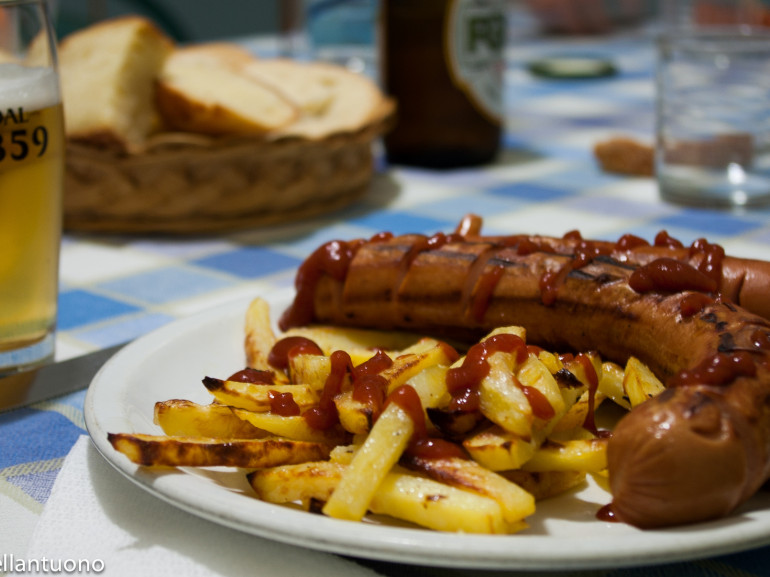
In Germany you can enjoy authentic dishes of sausages, sauerkraut and potatoes made in countless versions and accompanied by excellent beers from ancient tradition!
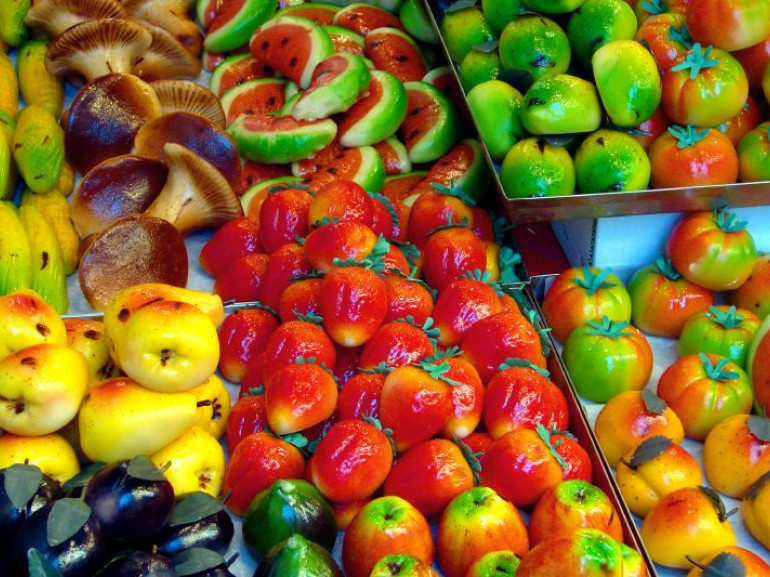
Each region has its specialties as well, that are often very elaborate dishes! In the north you can enjoy excellent fish and exquisite shellfish, as the Hamburg eel soup. Pomerania is the famous for smoked goose breast, and Lübeck for the marzipan. In the west part of the country, along the Rhine, there are large vineyards, where excellent wine is produced and also used to cook.
Not to be missed is the famous cake of the Black Forest and Knodel of Bavaria, accompanying sausages, flavored in many ways.
4. Where to sleep in Germany
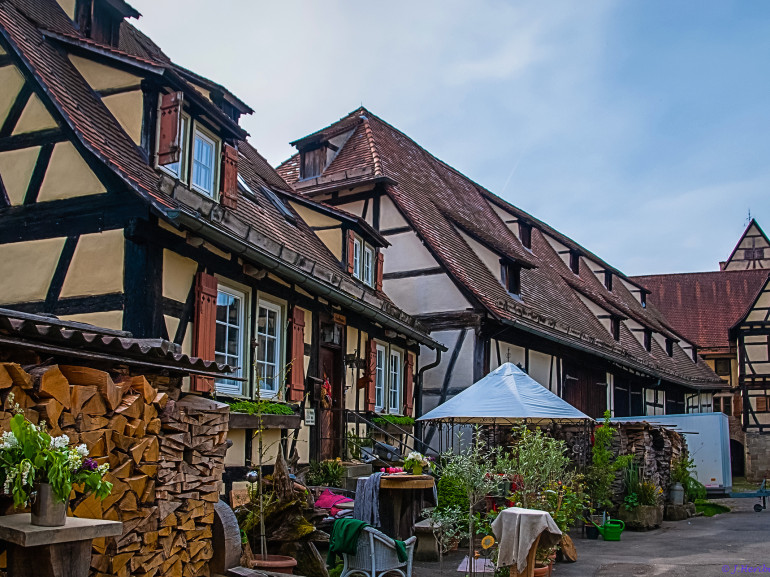
Discover all eco-friendly accommodations in Germany. You will find cozy houses in the countryside, comfortable bio hotels, B&B in the fascinating German cities,... so many different solutions adapting to your needs, perfect places where to spend wonderful holidays !
Discover all eco-friendly accommodations in Germany
Author: Anita Cason
Cover image: Mauerpark Berlin - Paolo Margarivia Flickr


